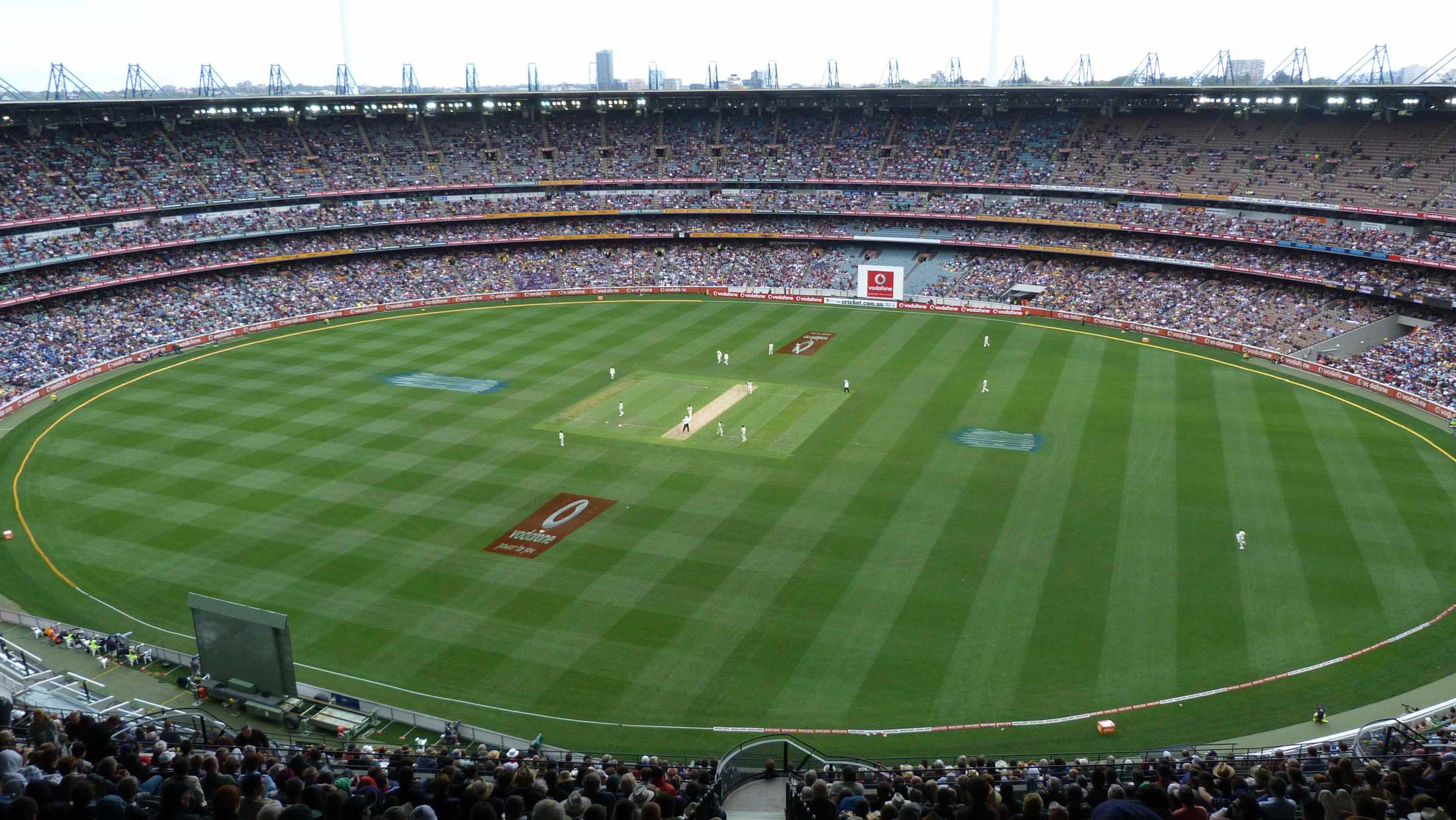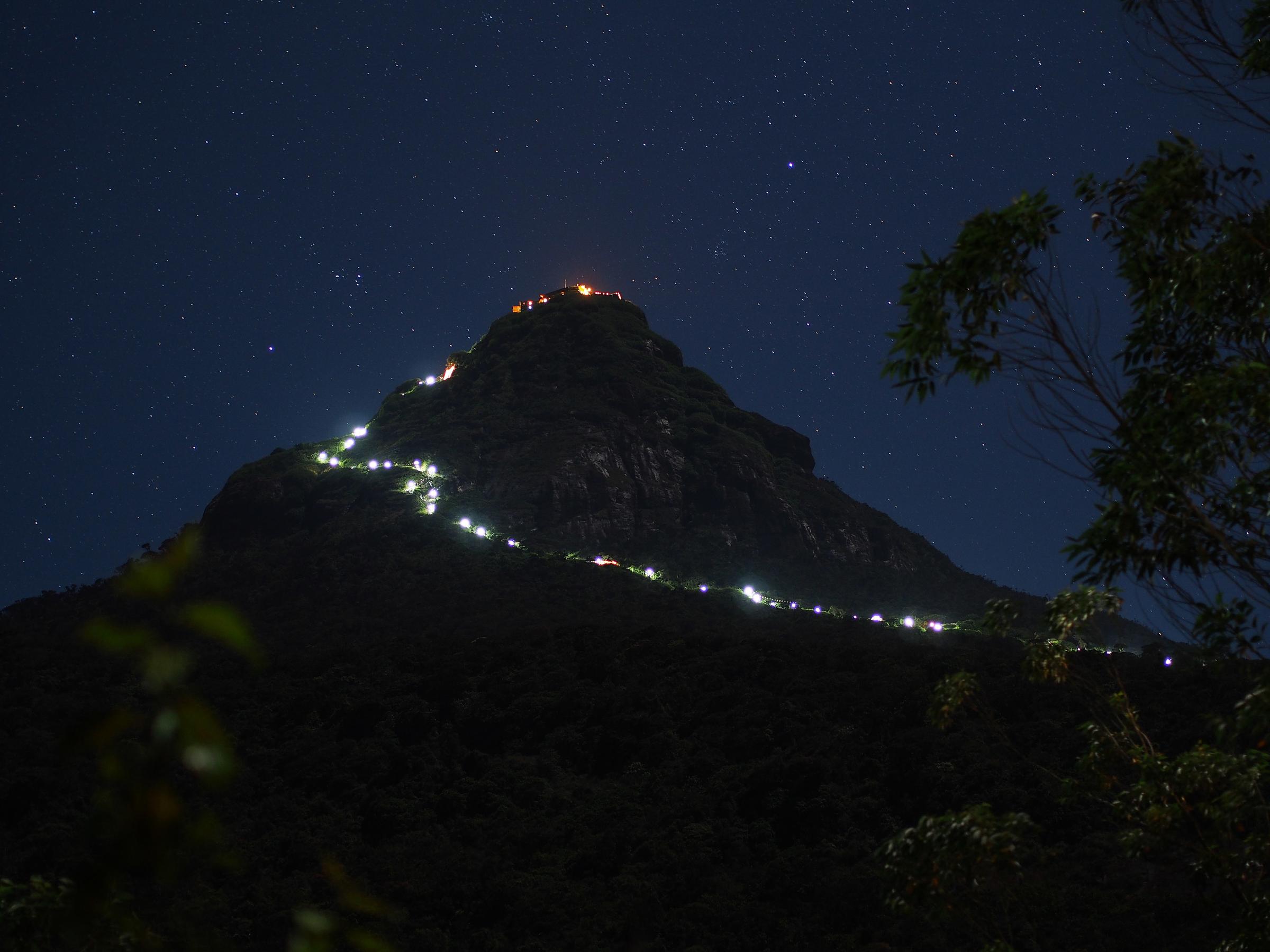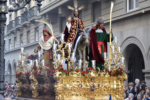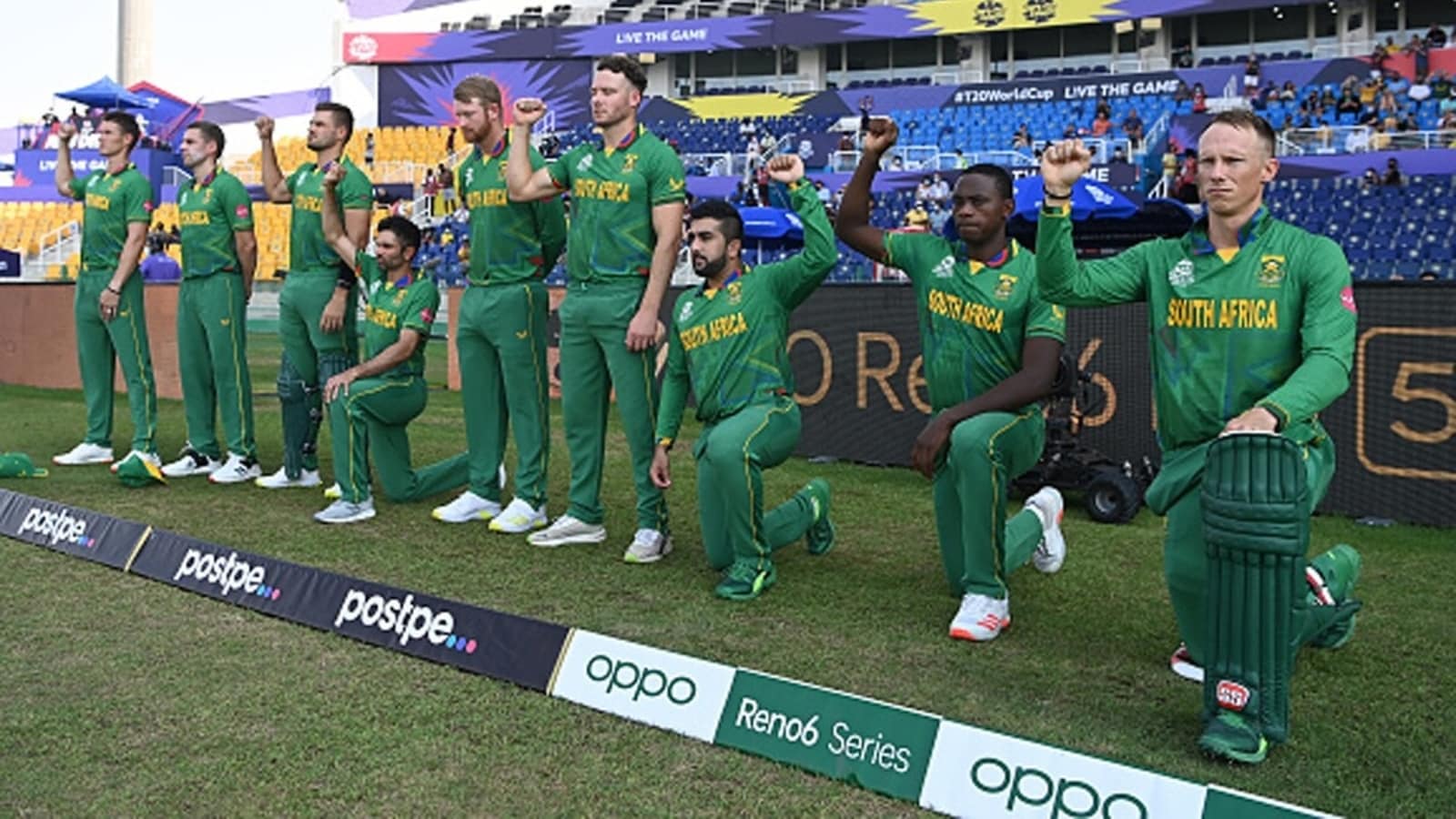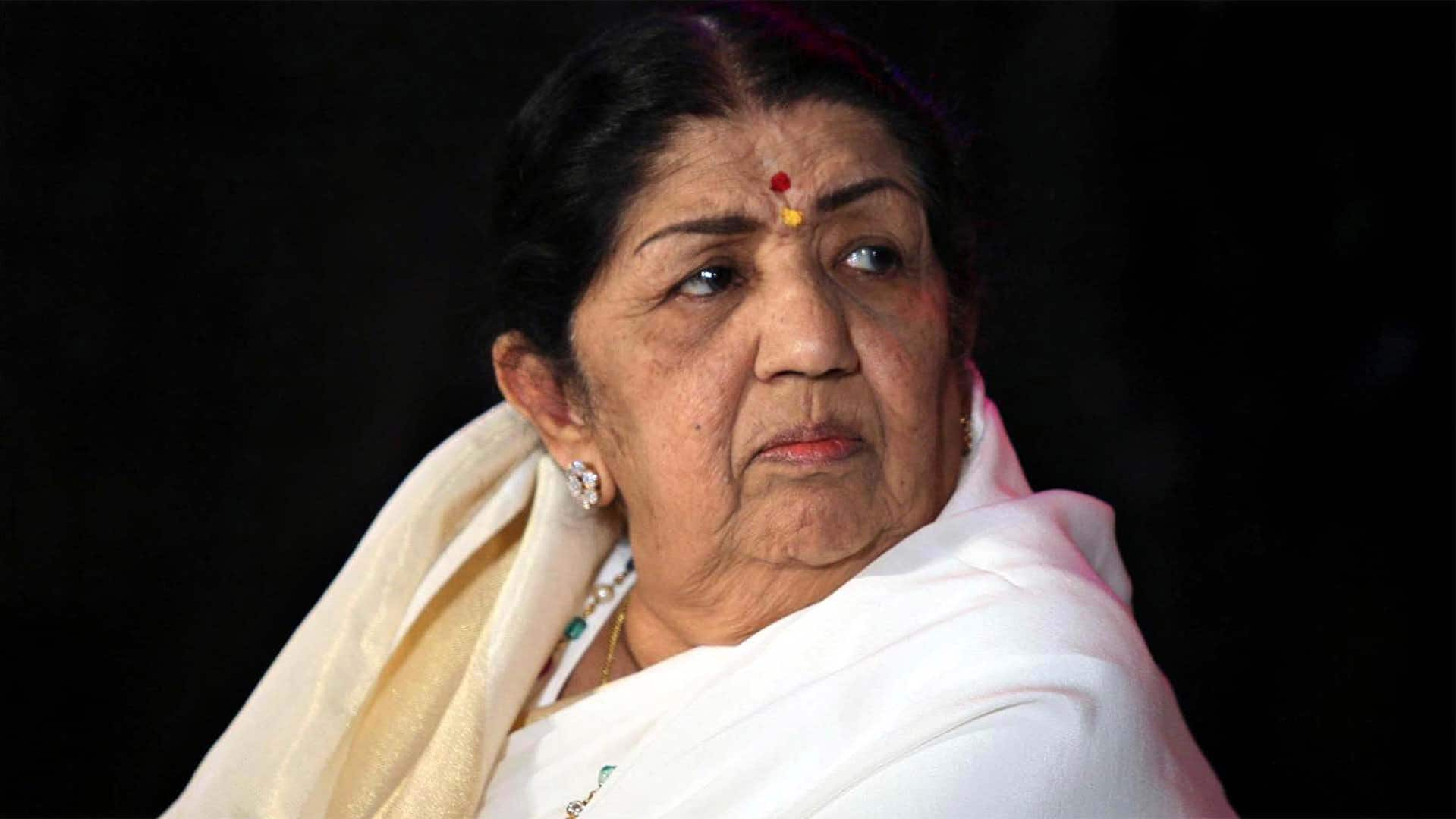BUDDHAS’ SACRED TOOTH RELIC EXPOSITION UNITES PEOPLE OF ALL FAITHS IN SRI LANKA
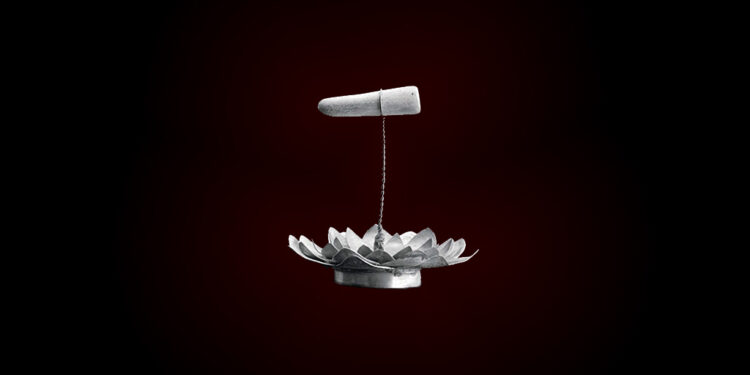
Large crowds of Buddhist devotees throughout the island converged on the sacred hill city of Kandy, 123 km northeast of Colombo, for the public viewing of the left canine tooth of Gautama Buddha, enshrined at the Sri Dalada Maligawa or the Temple of the Tooth Relic, which is venerated and visited by thousands of local and foreign devotees and tourists daily. In 1988, UNESCO declared it a World Heritage Site.
The 10-day exposition of the relic from March 18th to 27th after 16 years paved way for a unique opportunity for national and religious harmony among the island nation. Individuals from various creeds were seen helping the devotees standing for days in nearly 10 km long queues with their various needs. Significantly, all the mosques in Kandy were generously open to Buddhist devotees to provide them rest, drinking water, toilets and other facilities. Other groups stepped forward to offer shelter, resting places and minor medical facilities to those who had arrived from distant areas to view the relic.
The exposition commenced following a request from Sri Lankan President Anura Kumara Dissanayake who believed that this occasion would help restore the declining civility in the country and serve as a catalyst for religious and cultural enlightenment. The last sacred veneration of the tooth relic of Buddha took place in 2009, the year in which the over nearly 30-year-old ethnic war in Sri Lanka had ended. Although there were intentions and efforts during the ensuing period for public viewing of the relic, its custodians had not given approval. Such efforts even included a request reportedly made by former President Ranil Wickremesinghe, who had sent former Prime Minister Dinesh Gunawardena to seek permission, but, ultimately, the approval was not granted.
Ancient chronicles record that during the Buddha’s cremation, his left canine was retrieved by his disciple Khema who in turn gave it to King Brahmadatte of Kalinga kingdom in eastern India for veneration. It was kept at modern Dantapuram, a small village in Andhra Pradesh. Later, the tooth relic gained the reputation for giving whoever held the relic the divine right to rule the land and even a war was reported over its possession.
According to legends, in the wake of such a conflict, the tooth was brought to the Abhayagiri monastery in Anuradhapura in north-central Sri Lanka by Princess Hemamala and her husband Prince Dantha during the reign of the Sinhalese King Kithsirimevan in the 4th century A. D. Hemamala hid the relic in her hair on the way to the island. The king received the relic with great respect and started an annual procession in its honour which continues to this day in Kandy in the month of August in which a replica of the tooth relic is taken in procession with richly caparisoned elephants and dancers parading through the night streets of Kandy. Esala Perahera as it is called in Sinhalese, is regarded as one of the most spectacular religious processions in Asia.
Thereafter, depending on the change of the seat of government in the island, the relic changed its location. Finally, it was brought to Kandy where it is presently housed. The tooth relic became a symbol of Sri Lankan kings of their right to rule the country and they preciously guarded it in a special shrine built within the precincts of the royal palace wherever the capital was located. The ruins of such edifices remain in the ancient capitals of Anuradhapura, Polonnaruwa, Dambadeniya, Yapahuwa, Kurunegala, Kotte and Gampola. The relic has ultimately reached the last kingdom of Kandy where it currently rests at the Temple of the Tooth Relic.
Some miraculous power is also attributed to the Buddha’s tooth relic as its exposition to public reportedly ended a severe drought in Kandy, causing heavy rains and floods. This happened when Edward Barnes (1776-1838), who was impressed by this occurrence, was British Governor in colonial Sri Lanka.
The first Tooth Relic Temple in Kandy was built by King Wimaladharmasuriya I during his reign from year 1592-1604. It was destroyed by the Portuguese during their invasions. The second temple, built at the same location by King Rajasinghe II during his reign from 1635-1687, was burnt by the Dutch. In 1687 King Wimaladharmasuriya II built a 3-storeyed tooth relic temple where rituals were performed with great devotion but with the passage of time the building was dilapidated and destroyed. Then his son King Sri Veera Parakrama Narendrasinghe (1707-1739), the last Sinhalese king of Sri Lanka, built a 2-storeyed temple now seen today. The South Indian Hindu kings who ruled the country from Kandy renovated and protected this shrine. King Keerthi Sri Rajasinghe finely renovated and beautified it to its present appearance. The Paththirippuwa or the Octagonal Pavilion was constructed by King Sri Wickrama Rajasinghe (1798-1815), the last king of Sri Lanka, who was exiled by the British.
In 1998, during the civil war with the Tamil separatists, a part of the temple was destroyed by a bomb and rebuilt afterwards.
Protecting the sacred tooth relic and conducting rituals without interruption is being carried out to date under the strict surveillance of the three chief custodians of the tooth relic: the two most venerable chief monks or Mahanayake and the lay custodian called Diyawadana Nilame.***
.[3]
